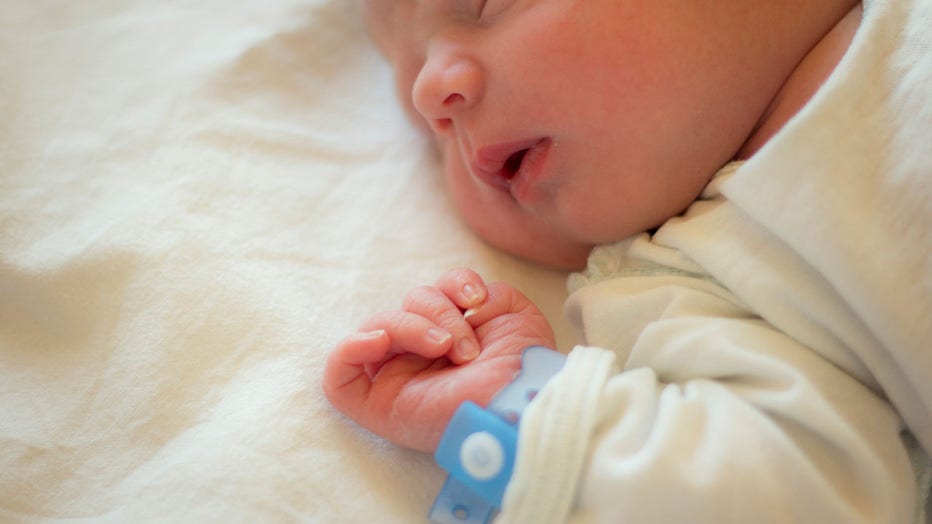This is how much money it costs to have a baby in 2024
Having a baby can be one of the most celebrated experiences of a person’s life, but it can also be one of the most costly.
According to studies that have explored the cost of having a baby, the cost of giving birth can range anywhere from about $2,800 to $19,000 with insurance.
The company Very Very Diapers analyzed the cost of having a baby in all 50 U.S. states, based on data by the Centers for Disease Control and Prevention and found that total costs, which included prenatal care, delivery and postnatal care, ranged anywhere from about $6,000 to well over $13,000.
Another 2022 study by Health System Tracker, which was based on claims from the IBM MarketScan Encounter Database from 2018 through 2020 for enrollees in large employer private health plans, found that the average cost was $18,865, and the average out-of-pocket payments totaled $2,854 for women enrolled in large group plans.

FILE: Baby (Credit: Getty Images)
While the range may seem expansive, many factors, including the method of delivery (vaginal birth or C-section) and the time spent in the hospital, can widely influence the cost.
Alaska is most expensive state to give birth
According to the Very Very Diaper’s study, Alaska topped the charts as the priciest state to give birth at $13,244, underscoring the hidden premiums for services in remote locations, where transportation and delivery of care are more complex and expensive.
In comparison, new parents in Alabama only paid $6,191, the lowest in the country.
Most expensive states to give birth
- Alaska, $13,244
- Florida, $11,938
- Wisconsin, $11,477
- New Jersey, $9,830
- New York, $9,635
- Illinois, $9,508
- North Dakota, $9,070
- Connecticut, $8,991
- California, $8,922
- Arizona, $8,890
You can see the full report here.
Child care costs on the rise
While the cost of birth can be pricey, the expense of raising a baby can be even costlier.
The average family pays $9,810 annually for child care, and some spend well over this amount, especially when more round-the-clock care is required such as changing diapers and bottle feeding.
Urban areas, states with high living costs, and places with few options tend to have the most expensive child care costs.
A new report revealed that child care costs are now rising at twice the rate of inflation, highlighting a problem that child care costs pose for many parents.
Published in late May, the report found that between 1991 and 2024, the costs for daycare and preschool rose at nearly twice the pace of overall inflation.
"The child care crisis, which was simmering prior to the pandemic, has come to a boil," KPMG wrote in its report on May 28.
Another recent Zillow’s analysis found a mortgage payment and child care now take up at least 66% of an average household’s monthly income in 31 of the 50 cities analyzed.
According to the data, the average American family can expect to spend $1,984 per month on child care and $1,973 on a monthly mortgage payment (based on a 10% down payment, interest rate of 6.61%, and the typical home price in each metro).
RELATED: Child care now costs more than a mortgage, study finds
The cost burden was even more pronounced in the most expensive markets.
In Los Angeles, prospective buyers would need to spend 121% of their income on a new mortgage and child care. In San Diego, families would need to spend 113%.
Moms lose average of $9,500 on maternity leave
Moreover, more than half of parents (51%) said they took some form of unpaid leave, pausing their paychecks and extra income even further, to care for their newborns.
Researchers at pregnancy company What To Expect surveyed more than 2,200 moms between June and July 2024.
RELATED: Moms lose average of $9,500 on maternity leave, survey reveals
They found that mothers surveyed reported missing out on $9,480 on average by taking parental leave, further intensifying the expense of having a baby.
According to the survey, this financial fallout forced nearly half (43%) of these families to cut back on non-essential purchases, and 37% had to dip into their savings.

